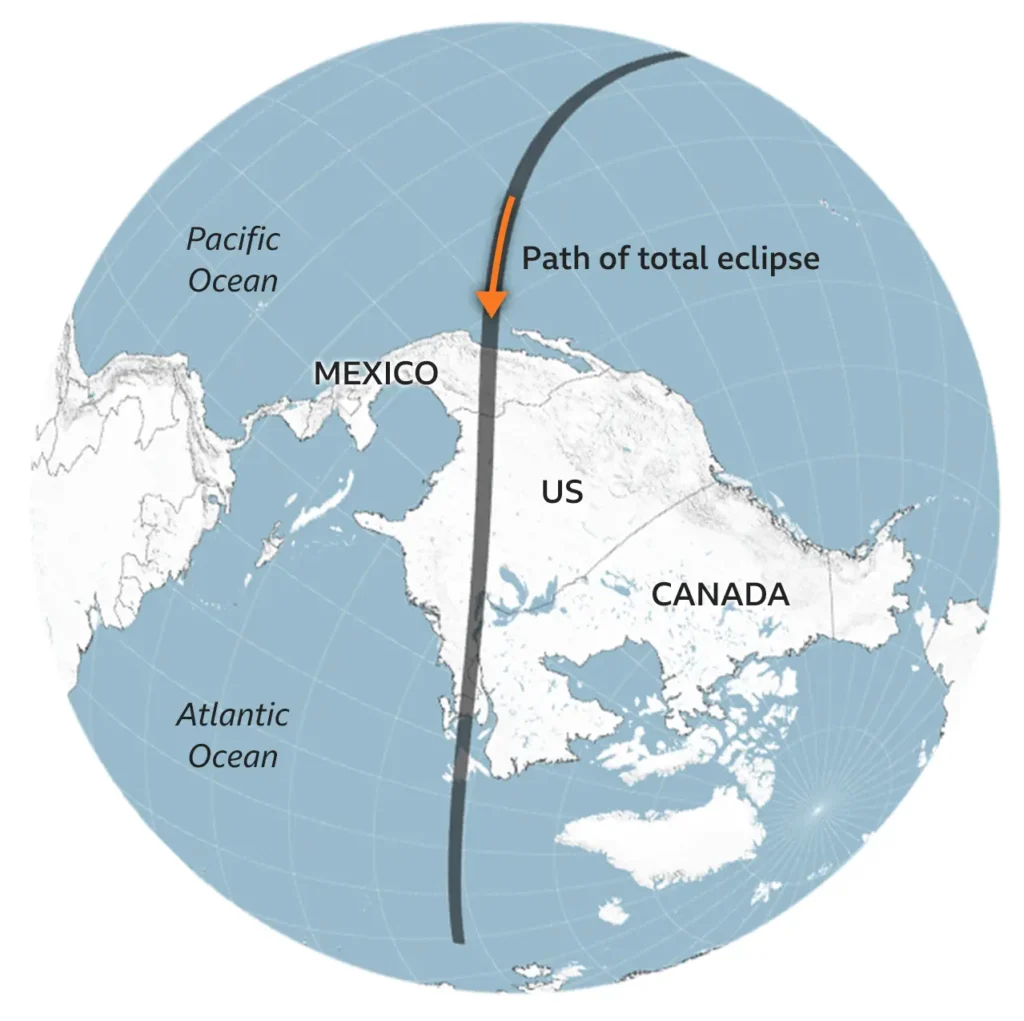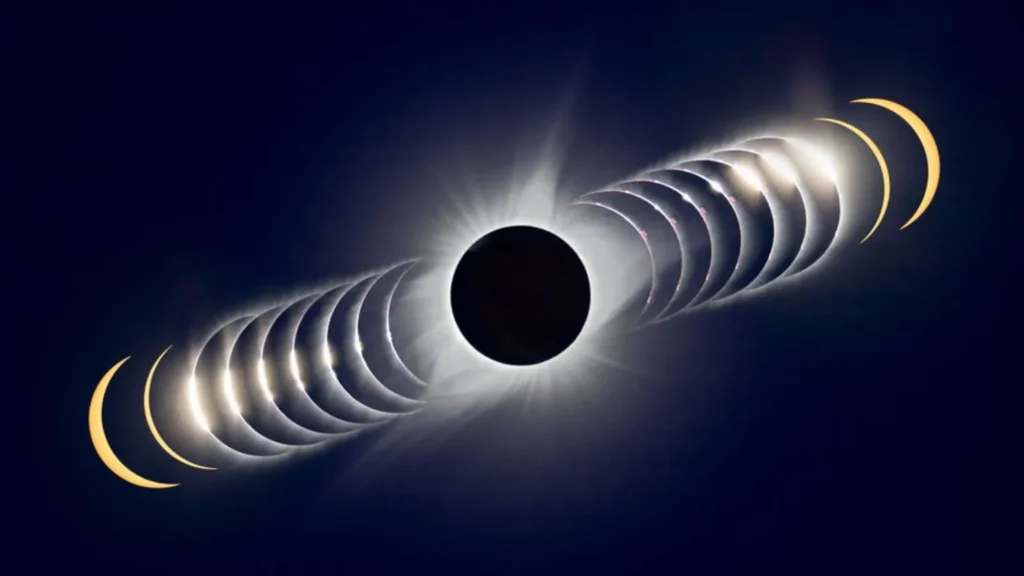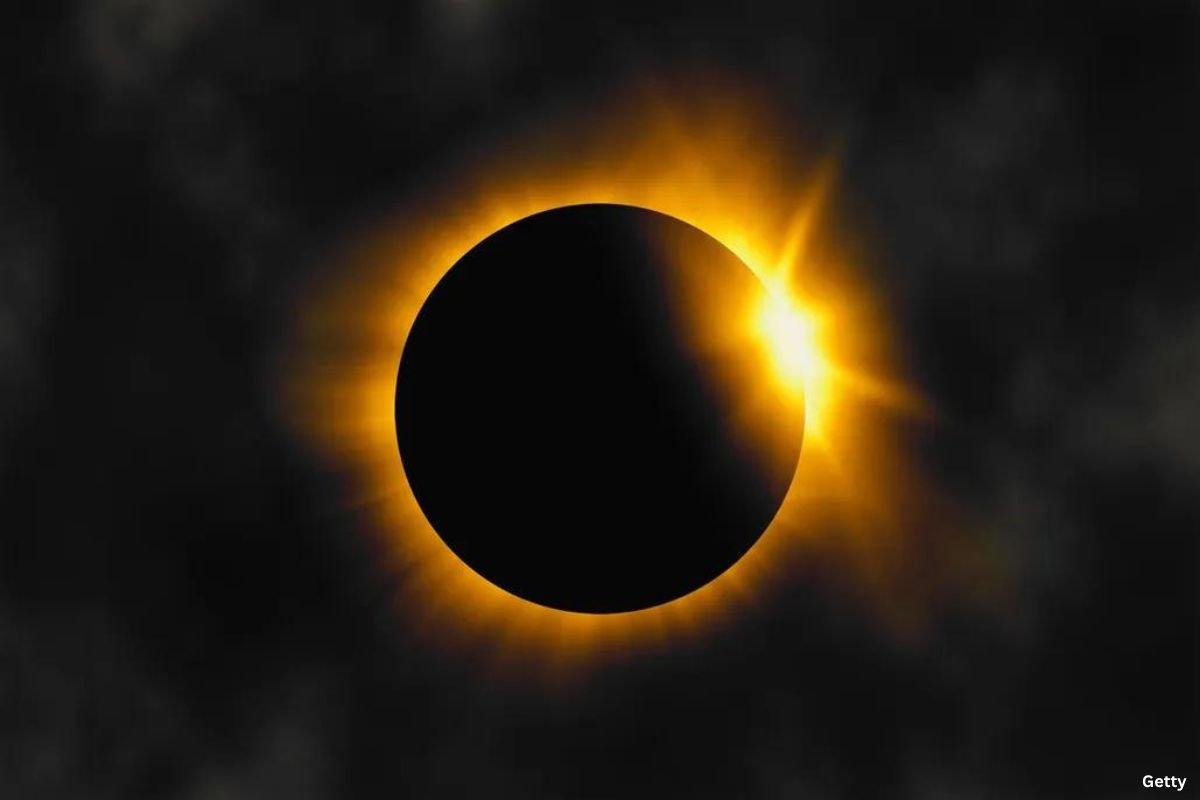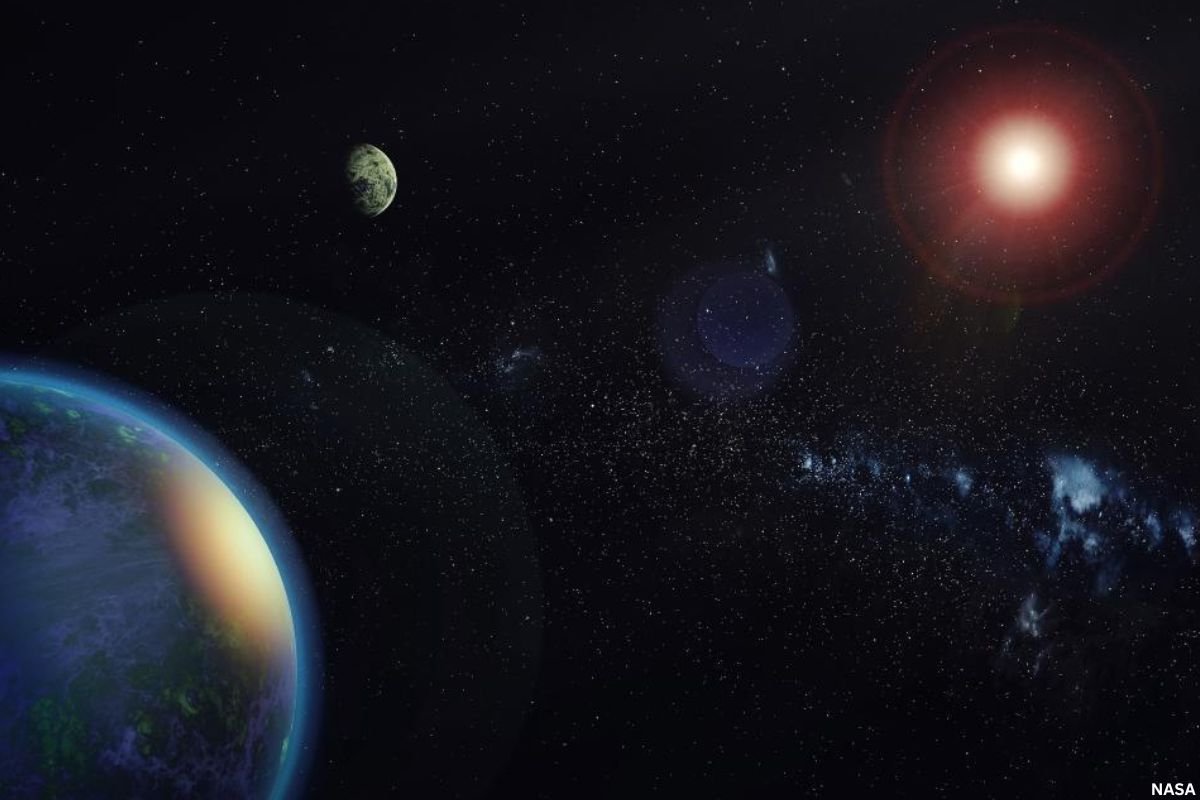As anticipation builds for the upcoming solar eclipse, scientists and enthusiasts alike are gearing up for an extraordinary celestial event that promises both awe-inspiring beauty and valuable scientific insights. The total solar eclipse, a phenomenon that graces our skies once every 375 years on average, is set to dazzle spectators on Monday, April 8, 2024. During this celestial spectacle, the sky will plunge into darkness for an impressive duration of 4 minutes and 9 seconds.
Chasing Shadows: Exploring the Mysteries of the Sun’s Corona
When the Moon’s shadow descends upon North America, scientists will seize the opportunity to study the Sun’s elusive corona, a region of magnetized plasma that shrouds the star. Despite centuries of observation, the corona’s extreme heat and dynamic behavior remain enigmatic. Professor Huw Morgan of Aberystwyth University explains, “It’s a real feeling of euphoria when it goes right, because you prepared for so long. But if there’s a cloud, that’s a disaster. And there’s nothing we can do about that.”
Radio Waves and Community Connections
Meanwhile, amateur radio operators worldwide will participate in a global listening party, investigating how the eclipse affects radio transmissions. Nathaniel Frissell of the University of Scranton remarks, “There’s a strong sense of community… We’re all really excited to get this data.” These radio enthusiasts will exchange signals and compete for connections, shedding light on the eclipse’s impact on vital communication systems.

High-Flying Observations: Nasa’s Aerial Expedition
Nasa will deploy WB-57 jets equipped with specialized cameras to capture unprecedented images of the eclipse from 50,000 feet above Earth. These high-altitude observations promise clearer views and extended eclipse durations, providing crucial data for solar research and asteroid detection.

The Eclipse’s Journey & Best Spots for Observation
An estimated 200,000 individuals are anticipated to flock to premier observation spots, especially Carbondale in southern Illinois, to witness the total solar eclipse. This cosmic extravaganza is anticipated to draw crowds all along the eclipse path, stretching from the Pacific coast of Mexico to the Atlantic seaboard of Canada. The forthcoming event promises to be a sensation. Additionally, major urban centers in the United States, including Dallas, Indianapolis, Cleveland, and Buffalo, will be enveloped by the awe-inspiring spectacle of the 2024 total solar eclipse.
As the eclipse carves a path across North America, observers will witness its dramatic progression from coast to coast. The Moon’s shadow will traverse 13 US states, offering fleeting glimpses of totality to fortunate viewers. Along the eclipse route, communities will experience moments of darkness and wonder as the celestial spectacle unfolds.
Meanwhile, a partial eclipse low on the horizon at sunset is the best Europe will get.
Regardless, enthusiasts worldwide are encouraged to enjoy the event safely and marvel at the cosmic dance unfolding overhead.

Time
The eclipse will pass through several time zones as it crosses the continent. The Moon’s deep shadow, or umbra, will then race across the Earth’s surface at more than 2,500km/h (1,500mph), crossing the Mexican coast at 18:07 GMT and the Rio Grande border between Mexico and the US at 18:27 GMT. The journey continues up through 13 US states, skimming the Canadian border – with Hamilton at 19:18 GMT and Montreal at 19:26 GMT just inside the totality path – before sweeping out over the provinces of New Brunswick at 19:32 GMT and Newfoundland at 19:39 GMT. The Moon’s umbra will lift off the Earth’s surface in the Atlantic Ocean at 19:55 GMT, about 1,120km (700 miles) west of Normandy, France.
As the Moon briefly obscures the Sun’s brilliance, humanity is reminded of the vast mysteries of our universe waiting to be explored.












